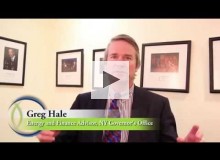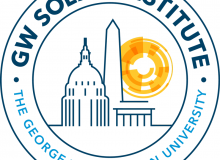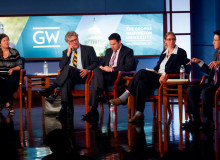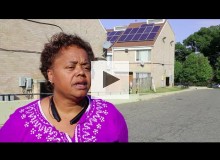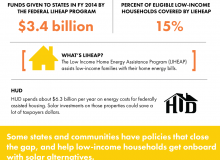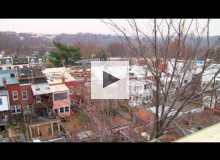community solar
Planet Forward Correspondent | University of Wisconsin-Madison
When the streetlights in Highland Park, Michigan, went dark one night in 2011, the community came together with a solution to keep their streets safe — and launched a larger vision for the city.
The George Washington University
The solar industry has a chance to shape the larger narrative on energy justice, and advance social equity by ensuring energy security for all socioeconomic levels. Community solar is an extremely viable solution to challenge energy inequality.
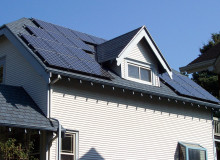
This is just part of a 7.2 kW rooftop solar system in Bayview, Wisconsin, as seen in 2007. (M.J. Monty/Creative Commons)
Northwestern University
Solar power is now the third most popular renewable energy source, behind water and wind, according to a new report by the U.S. Energy Information Administration.
Digital Media Producer, Planet Forward
How do you get solar power into low-income communities? These experts from the 2014 Solar Symposium have some ideas.
Planet Forward, George Washington University School of Media and Public Affairs
On September 23rd, 2014, the GW Solar Institute hosted its 6th Annual Solar Symposium. This event convened policymakers, industry experts, business leaders, researchers and students to discuss innovative solutions to today's biggest solar policy... Read More
Planet Forward, The George Washington University School of Media and Public Affairs
Solar power is booming, but those that can benefit the most have trouble accessing it. The 2014 Solar Symposium aimed to do something about that. Here's what you should know.
Planet Forward
One low-income community in DC is bringing the light of the sun in to help pay their utility bills.
Planet Forward, GWU School of Media and Public Affairs
It's possible to put the sun on the side of all Americans, and bringing solar to low-income communities could create lasting wealth.
George Washington University
Solar can be hard to set up for one person alone, but DC residents are involving the whole community in light of falling prices and tax incentives.

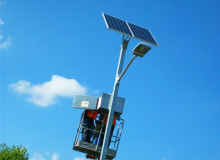
_0.jpg%3Fitok=HHDwASgE)
